Cornbread
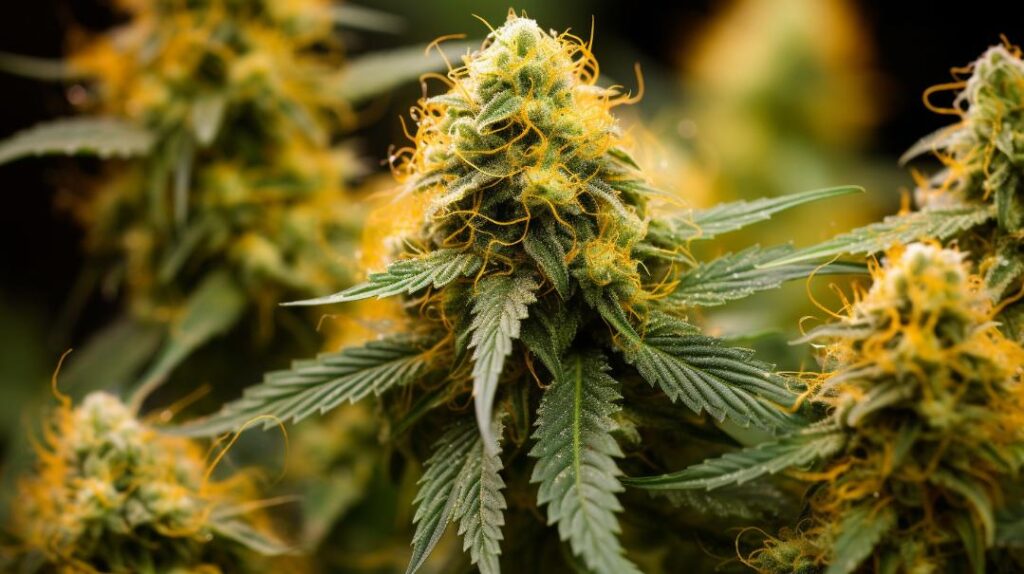
The Cornbread strain, an indica-dominant hybrid, emerges as a notable contender in the realm of cannabis for its reputed calming effects and robust THC potency.
Characterized by its distinctive sweet, earthy, and lemon flavor profile, complemented by floral undertones, this strain has garnered attention for its potential therapeutic benefits. Its application ranges from alleviating stress and chronic pain to inducing sleep and augmenting appetite, making it a favored choice among patients.
However, its higher THC content also underscores the necessity for responsible usage and understanding its effects comprehensively.
As we explore the genetic lineage, terpene profile, and its comparative analysis with similar strains, a broader understanding of Cornbread’s unique position within the cannabis community becomes apparent, inviting further exploration into its complexities and contributions to medical and recreational use.
Genetic Lineage
Delving into the genetic lineage of the Cornbread strain reveals a rich tapestry of indica dominance, primarily stemming from its parent strains, Bubba Kush and Rare Dankness #2. These parent strains imbue Cornbread with potent therapeutic properties and a high THC content. The indica-heavy genetic makeup, characterized by an 80% indica and 20% sativa ratio, is a testament to its direct descent from the renowned Bubba Kush and the meticulously selected Rare Dankness #2.
This lineage underscores the strain’s exceptional quality and its ability to offer significant relief in conditions requiring the suppression of nausea and the stimulation of appetite. The meticulous selection process aimed at enhancing specific therapeutic traits, such as potent anti-nausea and appetite-stimulating effects, is evident in Cornbread’s genetic design. This design strategy leverages the unparalleled potency of its lineage, which is further amplified by a THC level that can soar up to 23%, placing Cornbread among the more potent strains available.
The influence of Rare Dankness, with its commitment to developing unique cannabis phenotypes, is particularly noteworthy in the crafting of Cornbread. The legacy of Rare Dankness #13 also indirectly contributes to its robust genetic profile, making it a rare but highly favored choice among patients.
THC/CBD Content
Typically, the Cornbread strain showcases a THC content ranging between 15% and 22%, positioning it as a potent option for those in pursuit of pronounced effects. This higher THC ratio places Cornbread among strains favored for their strong psychoactive potential. The relatively low CBD content, averaging around 0.5%, further accentuates its psychoactive properties, making it primarily sought after by those who prefer a more intense experience.
The interplay between its higher THC and lower CBD levels is critical in defining the Cornbread strain’s overall impact. It suggests that users may experience significant euphoria and relaxation, attributes often associated with strains possessing a higher THC content. However, the minimal CBD presence means that Cornbread might not be the first choice for those looking for the balancing effects often provided by CBD, such as counteracting anxiety or providing relief without intense psychoactive experiences.
Analyzing the THC/CBD content of the Cornbread strain reveals its suitability for recreational use, particularly among seasoned users who can handle its potent effects. Its composition suggests it may be effective in promoting sleep, enhancing appetite, and facilitating deep relaxation, aligning with the expectations from a strain with a higher THC concentration.
Terpene Profile
The terpene profile of the Cornbread strain, featuring prominent compounds such as beta-caryophyllene and humulene, plays a pivotal role in shaping its distinctive aroma, flavor, and therapeutic effects. These terpenes contribute to a complex sensory experience that is both intriguing and beneficial for users.
The aromatic profile of Cornbread is marked by a fragrant blend of incense with hints of citrus and floral undertones, culminating in a musky finish, while the flavor is a rich tapestry of sweet, earthy notes complemented by lemons and floral nuances.
-
Aroma and Flavor: The presence of beta-caryophyllene and humulene not only gives Cornbread its unique scent of incense and lemons but also enhances its sweet and earthy flavor profile, making it a favorite among connoisseurs.
-
Therapeutic Effects: These terpenes are known for their relaxing and sedative properties, contributing to Cornbread’s ability to induce sleep, stimulate appetite, and provide relief from chronic and muscle pain.
-
Potential Side Effects: While offering numerous benefits, the terpene profile can also lead to anxiety and dizziness in some users, highlighting the importance of moderation and individual sensitivity.
This detailed, analytical exploration of the terpene profile emphasizes its crucial role in defining the Cornbread strain’s character and its multifaceted effects on users.
Effects
Renowned for its calming influence, the Cornbread strain predominantly induces feelings of sleepiness and hunger, making it a sought-after choice for those looking to alleviate symptoms of stress, pain, and insomnia. Its effects are not limited to the mind but extend to a whole-body sensation of relaxation and comfort. This is largely attributed to its higher than average THC content, which amplifies its potency and ensures a comprehensive impact on both mental and physical ailments.
Users have detailed an experience that evolves from an initial euphoria to a deep, restorative calm, effectively combating conditions like depression and chronic pain. However, the Cornbread strain is not without its drawbacks. Some individuals may encounter adverse reactions such as dry eyes, anxiety, and dizziness, underscoring the importance of moderation and individual sensitivity to THC.
Despite these potential negatives, the strain’s capacity to induce a state of whole-body relaxation, increase appetite, and provide significant pain relief solidifies its status among users seeking therapeutic benefits. The Cornbread strain stands out for its ability to deliver a multifaceted approach to relief, addressing both psychological and physiological needs with its potent effects.
Medical Uses
In exploring the Cornbread strain’s role within therapeutic contexts, its medical applications emerge as notably diverse, encompassing stress relief, pain management, and insomnia alleviation among its primary benefits. The Cornbread Marijuana strain, celebrated for its potent effects, serves as a cornerstone in the holistic approach to addressing certain medical conditions. With its high THC content and presence of beneficial compounds such as CBD and beta-caryophyllene, it provides a multifaceted approach to symptom management.
The medical uses of Cornbread Marijuana can be summarized as follows:
-
Stress Relief: A significant 33% of users report experiencing substantial relief from stress, positioning Cornbread as a viable option for those grappling with stress-induced ailments. The strain’s calming effects are instrumental in promoting a sense of well-being and relaxation.
-
Pain Management: With 27% of users attesting to its efficacy in pain relief, Cornbread Marijuana contains anti-inflammatory and analgesic properties. These components work synergistically to mitigate various forms of pain, from chronic conditions to muscle soreness.
-
Insomnia Alleviation: Approximately 26% of users have found Cornbread effective in combating insomnia. Its ability to stimulate adenosine release underscores its potential in fostering improved sleep patterns, making it a sought-after strain for individuals facing sleep disturbances.
Cornbread Marijuana thus stands as a versatile strain within the medical cannabis sphere, offering promising avenues for symptom management and relief.
Flavor and Aroma
Delving into the sensory experience of the Cornbread strain, its distinctive flavor profile and aroma play a pivotal role in its popularity and therapeutic appeal. This cannabis variant offers a sweet mix of flavors that intertwine seamlessly with earthy, lemon, and floral notes, creating a complex and satisfying taste. The initial impression is often likened to a sweet, freshly baked cake with a zesty lemon twist, appealing to users seeking both taste and efficacy in their choice of strain.
The aroma complements the flavor, presenting a fragrant bouquet reminiscent of incense. The citrus and floral undertones add a refreshing layer, while a musky finish anchors the scent, creating a well-rounded olfactory experience.
The appearance of the Cornbread strain, with its airy and round buds, light minty green color, fiery orange hairs, and a frosty coating of tiny crystal trichomes, hints at the quality and potency of the experience. This sweet mix of flavors and scents makes the Cornbread strain a tasty and appealing option for users.
Additionally, its high THC content of up to 23% enhances its therapeutic potential, making it an effective choice for relieving anxiety, tension, and arthritis pain.
Appearance
The Cornbread strain captivates the eye with its distinct appearance, characterized by airy, round buds that boast a light minty green color, complemented by fiery orange hairs and a thick, frosty coating of tiny crystal trichomes. This visually striking profile hints at the strain’s potent genetics, drawing lineage from Katsu Bubba Kush, which contributes to its exceptional visual and aromatic qualities.
The meticulous balance of color and texture reflects a high-quality cultivation process, indicating a strain that is not only potent in THC content but also rich in aesthetic appeal.
To understand the allure of the Cornbread strain’s appearance further, consider these details:
-
Coloration: The nugs’ light minty green hue provides a fresh and inviting backdrop for the contrasting fiery orange hairs, making it visually stimulating and indicative of its vibrant genetic heritage.
-
Trichome Coverage: A thick, frosty layer of crystal trichomes suggests a high THC content, which is reported to reach up to 23%, and promises a potent experience.
-
Genetic Lineage: Its descent from Katsu Bubba Kush is evident in its dense bud structure and the complex coating of trichomes, underscoring a blend of aesthetic appeal and robust potency.
Grow Information
Cultivating the Cornbread strain requires an understanding of its optimal growing conditions, which include a preference for a warm, dry climate and exposure to abundant sunlight. This hybrid strain exhibits resilience and versatility, making it an attractive option for both novice and experienced growers. However, achieving its full potential requires meticulous attention to detail, particularly in terms of climate control, nutritional balance, and pruning techniques.
| Aspect | Details |
|---|---|
| Growing Conditions | Warm, dry climate with plenty of sunlight, well-draining soil |
| Flowering Time | 8-9 weeks indoors; late September to early October outdoors |
| Yield | Moderate to high, with proper care and nutrients |
| Training Techniques | Low-stress training (LST) or topping recommended |
To maximize yield and potency, growers should prioritize a balanced nutrient regimen, focusing on potassium and phosphorus during the flowering stage. Additionally, employing low-stress training (LST) or topping can significantly enhance lateral growth and bud development. The Cornbread strain’s adaptability and rewarding yield make it a compelling choice for those seeking a robust hybrid strain with a straightforward cultivation process, provided the grower can maintain the ideal conditions for its growth and development.
Adverse Effects
While the Cornbread strain demonstrates a straightforward cultivation process with rewarding yields, it is also necessary to consider the potential adverse effects on consumers, such as dry eyes and feelings of anxiety. As a hybrid, the Cornbread strain brings together the characteristics of its parent strains, which may contribute to its complex profile of effects, including potential adverse reactions. Understanding these reactions is crucial for both recreational and medicinal users to ensure a positive experience.
Adverse effects to be aware of include:
-
Dry Eyes: This common condition can lead to discomfort and irritation, making eye drops a necessary accessory for some users.
-
Feelings of Anxiety: For individuals prone to anxiety, the Cornbread strain may exacerbate these feelings, contributing to a sense of unease or nervousness. It’s advisable for users with anxiety to start with a low dose or seek strains known for their calming effects.
-
Potential for Dizziness: This may lead to feelings of lightheadedness or unsteadiness, particularly in novice users or those sensitive to THC.
Adverse effects vary among individuals, underscoring the importance of starting with a low dose to gauge personal tolerance. This approach minimizes the risk of adverse effects and ensures a more enjoyable experience with the hybrid Cornbread strain.
Comparisons with Similar Strains
Exploring the Cornbread strain’s characteristics in relation to similar varieties, it becomes evident that its relaxing effects align closely with those of Bubba Kush, offering users a comparable level of tranquility for unwinding purposes. Both strains are indica-dominant hybrids, prized for their ability to soothe and relax the body, making them ideal choices for evening use or stress relief after a long day.
For enthusiasts seeking strains with high THC content, Cornbread stands on par with Rare Dankness #2. This similarity suggests that Cornbread can deliver potent effects suitable for experienced users, providing a deep, immersive experience that is both intense and gratifying.
When it comes to flavor profiles, if one enjoys the lemon and herbal nuances of Cornbread, the taste profile of Sour Diesel, with its citrusy and herbal accents, might also appeal. This suggests an overlap in preference for strains that offer a refreshing and invigorating taste experience.
Moreover, individuals seeking therapeutic benefits, particularly for stress and pain relief, might find that Girl Scout Cookies shares similar medicinal qualities with Cornbread. Both strains are known for their efficacy in alleviating discomfort, highlighting their utility in a therapeutic context.
Lastly, for those intrigued by the unique blend of effects offered by hybrids like Cornbread, Ghost Train Haze #1 emerges as a strain worth exploring. Known for its uplifting effects and potential for pain relief, it underscores the diverse applications and benefits of indica-dominant hybrids in enhancing well-being and managing health conditions.
Research and Studies
Recent studies highlight the indica-dominant hybrid Cornbread strain’s significant calming effects, underscoring its high THC potency and effectiveness in managing symptoms such as stress, pain, and insomnia. Bred by Dankness Seeds, this strain has garnered attention for its robust therapeutic potential.
The research underscores three critical aspects of the Cornbread strain:
-
High THC Content: Investigations into the Cornbread strain reveal a higher-than-average THC level, which is primarily responsible for its potent sedative effects. This makes it particularly effective for those seeking relief from chronic pain and severe insomnia.
-
Flavor Profile: Users and studies alike report a distinctive flavor profile that combines sweet, earthy notes with hints of lemon and floral undertones. This appealing blend of flavors enhances the overall consumption experience, potentially increasing its therapeutic benefits through sensory enjoyment.
-
Medical Benefits: Research and user testimonials suggest that the Cornbread strain is not only effective in alleviating stress and pain but also shows promise in addressing symptoms of nausea and lack of appetite. This broad spectrum of relief underscores its utility in a medical context, offering a multifaceted approach to patient care.
History and Origin
Building on the understanding of the Cornbread strain’s therapeutic impacts, an examination of its history and origin reveals a rich tapestry of genetic lineage and cultural significance. The genesis of Cornbread, an indica-dominant hybrid, intertwines the potent Bubba Kush with Rare Dankness #2 strains, producing a variant known for its calming effects and high THC potency. This strain’s backstory is as compelling as its effects, with roots stretching back to regions with a storied history in cannabis cultivation.
| Aspect | Detail |
|---|---|
| Genetic Lineage | Bubba Kush X Rare Dankness #2 |
| Geographic Origin | Likely Uzbekistan or surrounding areas |
| Cultural Link | Possibly associated with the Cornbread Mafia |
| Speculative Relationships | Indiana Bubblegum, Killer Newhaven |
The narrative of Cornbread is further enriched by its speculated connection to historical figures and movements, such as the Cornbread Mafia. The strain’s name itself suggests a deeper cultural significance, potentially linked to Johnny Boone and his crew’s breeding efforts. This history not only adds mystique to Cornbread but also raises questions about the genetic purity and the original characteristics of strains from the region, highlighting the importance of preserving cannabis heritage and understanding its cultural impact.
Frequently Asked Questions
Is Cornbread a Sativa or Indica?
The question pertains to the classification of a particular variant within the cannabis family, focusing on its genetic origins to determine if it aligns with sativa or indica categories. Through analysis of its lineage, it’s established as predominantly indica.
What Is the Strain Cornbread From Seven Hills?
The strain from Seven Hills, identified as "Cornbread," is an indica-dominant hybrid with genetic origins tracing back to Bubba Kush and Rare Dankness #2. This lineage contributes to its notable calming effects and potency.
What Are the Effects of Corn Cob Strain?
The Corn Cob strain, with its distinct genetic lineage, is noted for producing effects that enhance relaxation and appetite stimulation. Its unique profile contributes to its efficacy in stress and pain relief, demonstrating a robust therapeutic potential.
What Is the Best Strain to Get?
Determining the best strain depends on the individual’s ideal conditions for usage, including desired effects, tolerance levels, and potential side effects. A thorough, detailed analysis of various strains can guide experienced users to an optimal choice.

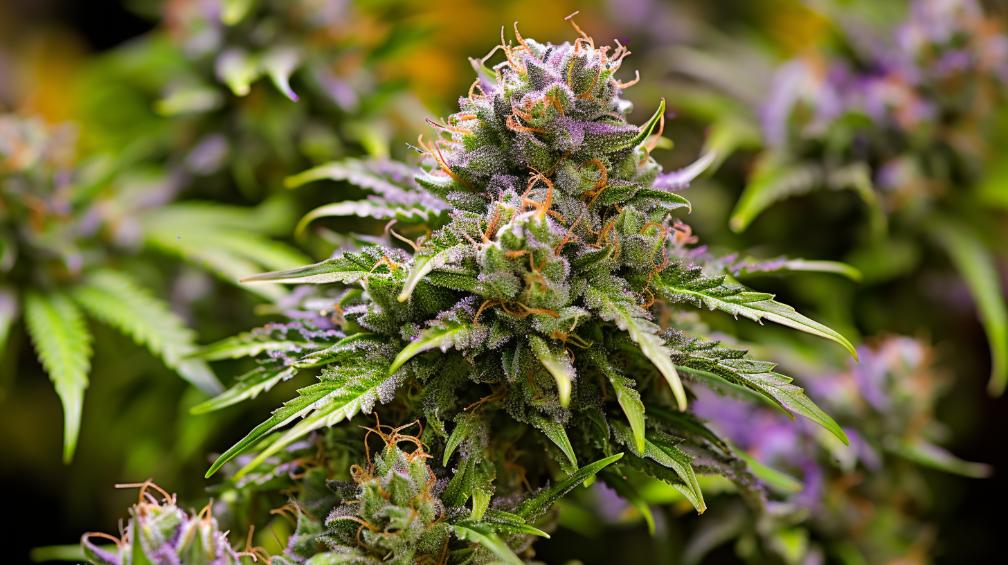
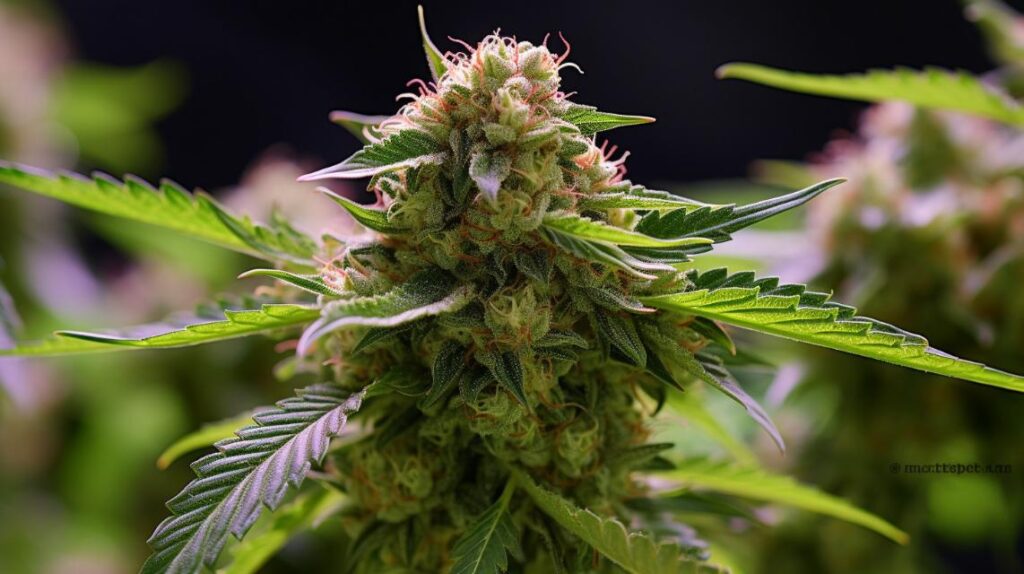
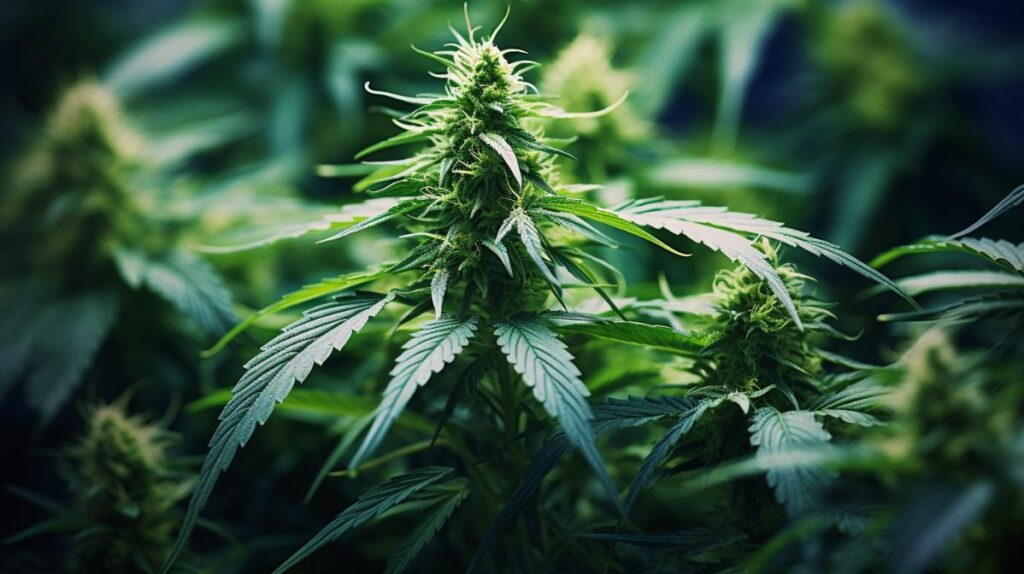
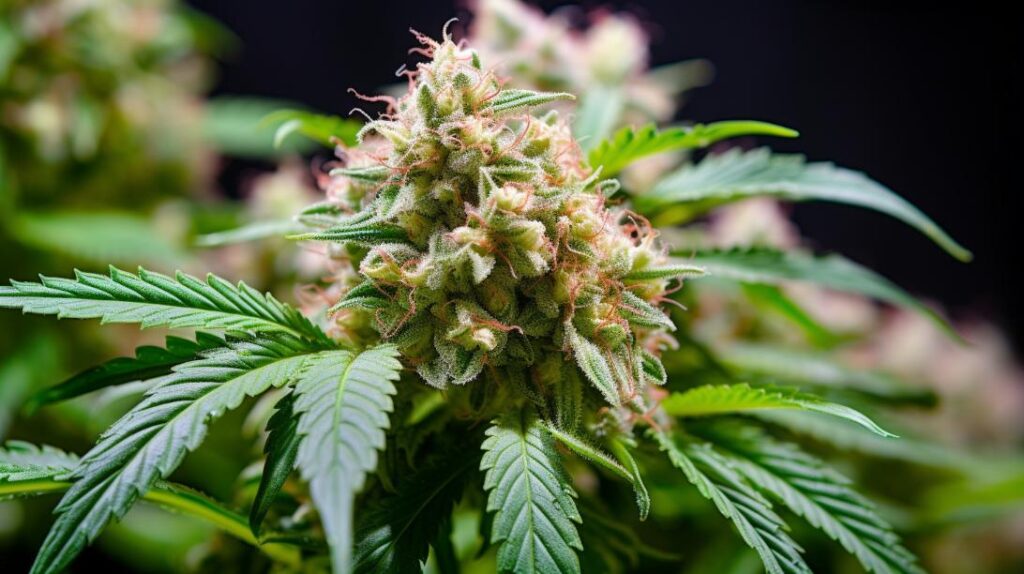
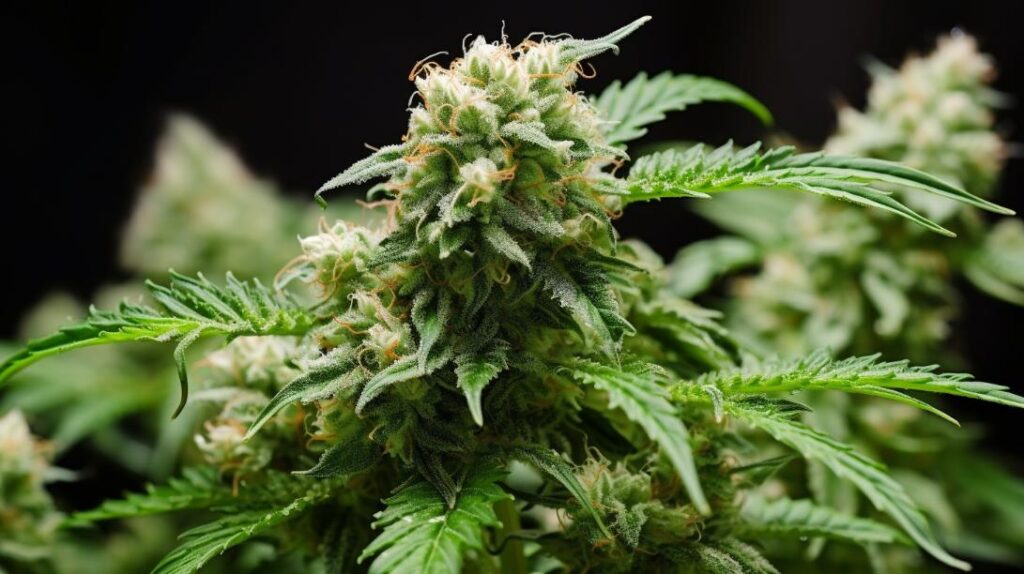

Responses